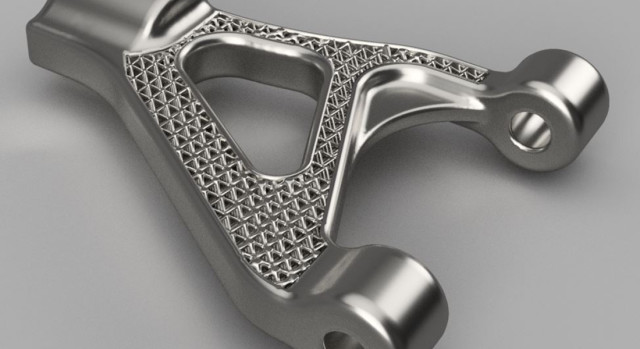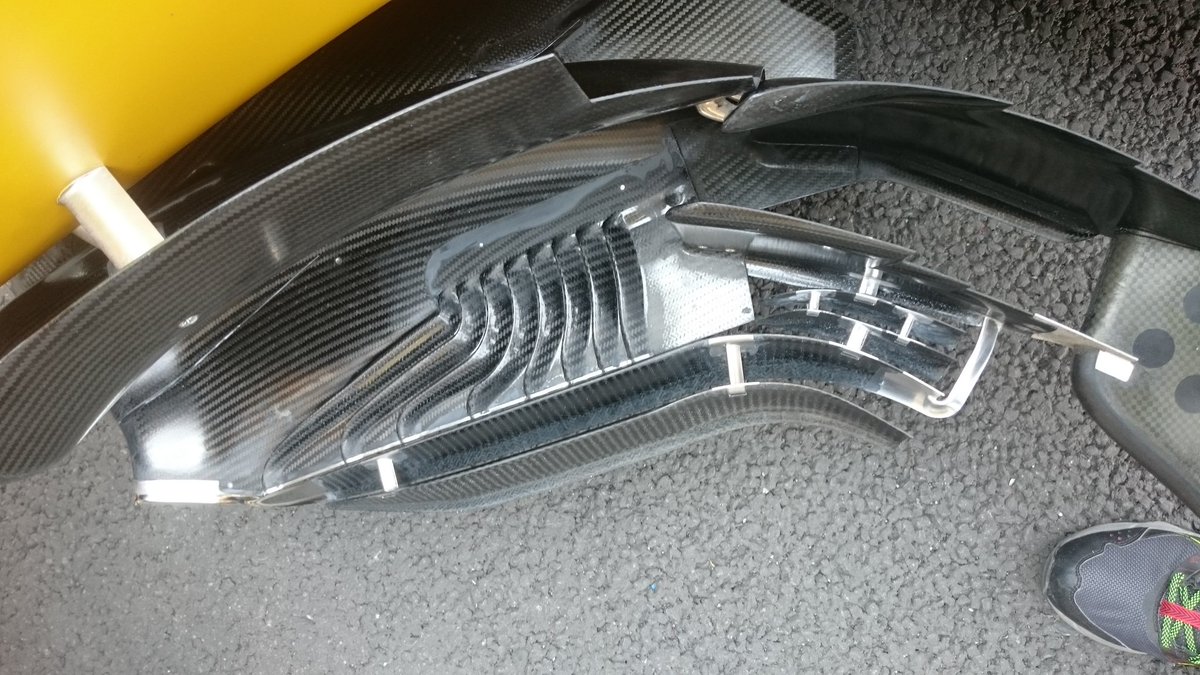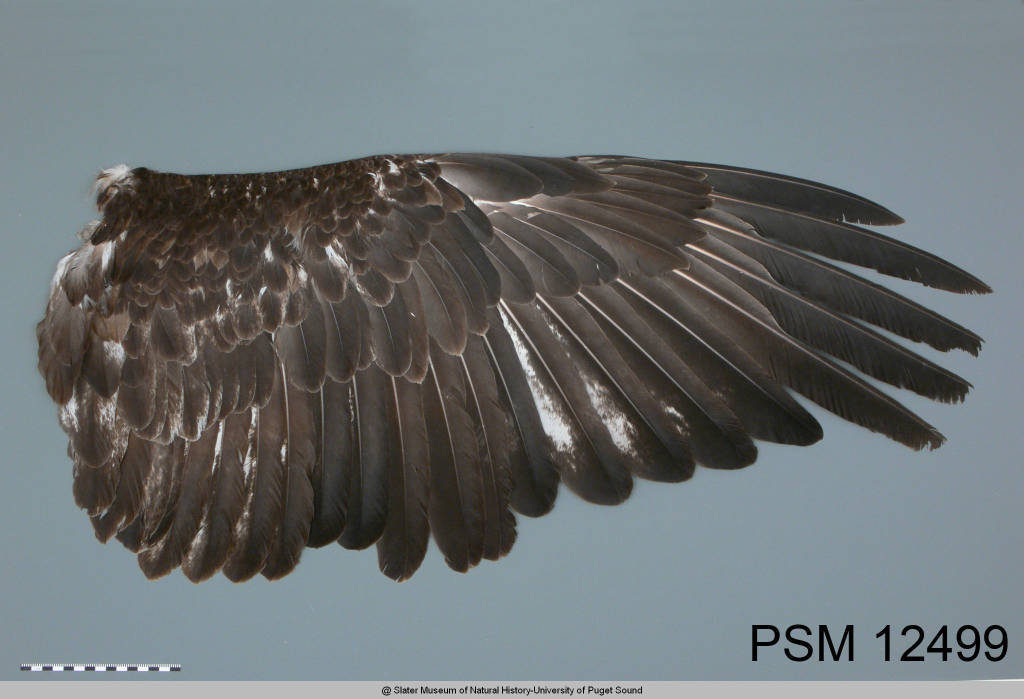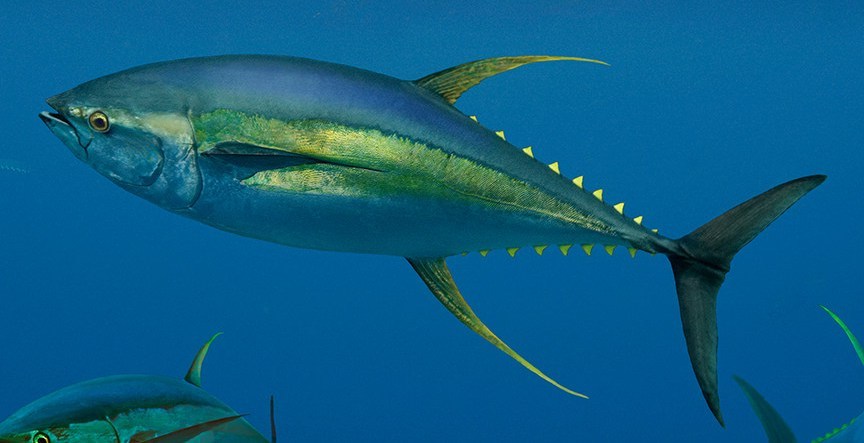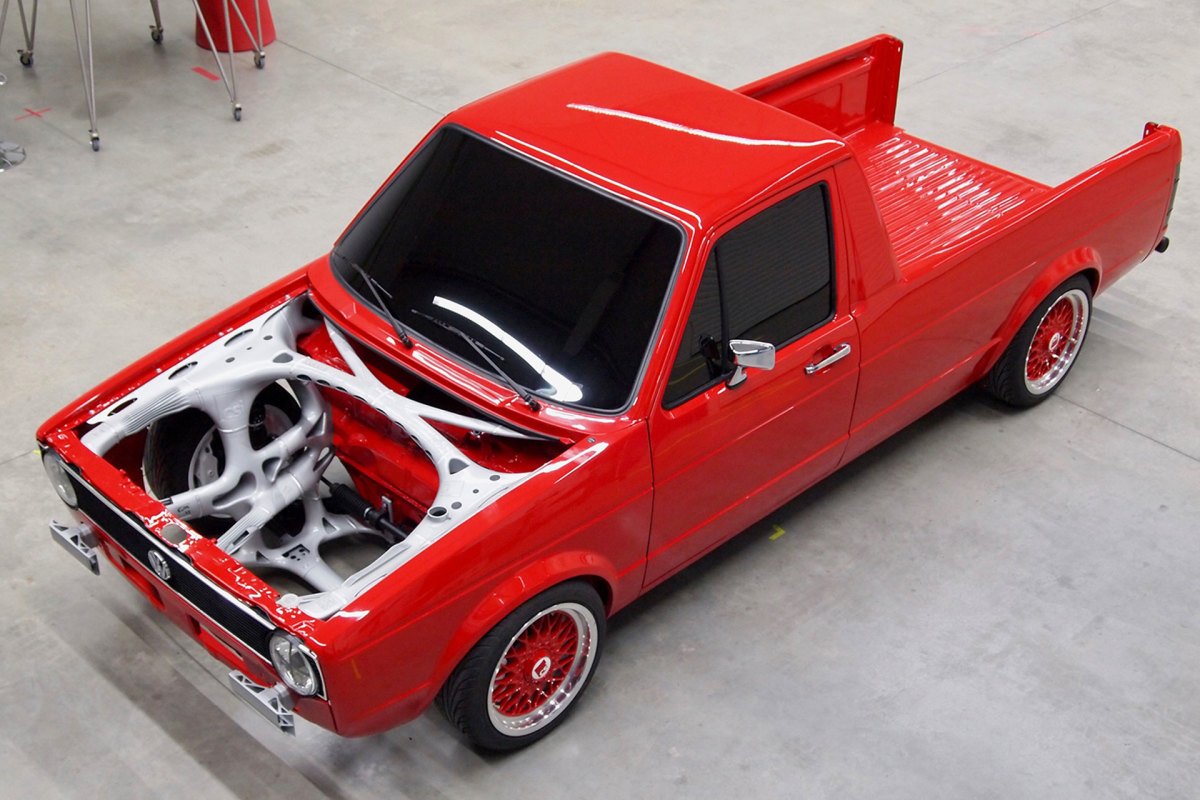wgknestrick wrote: ↑23 Oct 2017, 04:43
Video didn't work, but I can speculate what (iterative) tech you are referencing...
It only gets you so far (mainly for homogeneous materials), and IMO, the teams are well past that and onto algorithm based lattice structures via 3D printing. 3D printing is absolutely the future of F1 with respect to optimizing designs and creativity with microstructures. It basically removes all limits of manufacturing except general constraint of SLS process is about a .028-.030in min feature size, dia strut or lattice. You can print functional heatpipes, mechanisms, heat exchanger cores, mass dampers, oil passages, filters, baffles, etc right inside a solid exterior part......and no one would ever know it's in there (hint hint). Not to mention how easy it is to design incredibly strong joining structures to CF or overmold the 3d printed parts. If F1 is allowed per regs, they are probably 3D printing a metal part.
I work with this kind of tech in the medical implant field and you cannot believe how strong (and light) these structures are in Ti SLS material.
https://res.cloudinary.com/engineering- ... qs3xna.jpg
Some sort of HE core...maybe an F1 intercooler
http://www.eurekamagazine.co.uk/article ... _popup.jpg
This software (or their own custom versions) is where most teams are probably working now. Machine learning certainly has it's place in F1 though. Strategies, fuel/ harvesting mapping, etc. With F1, if it exists and can give them ANY advantage, just assume they are using it.
https://www.autodesk.com/products/withi ... l/overview
The complexity of the lattices quickly outpace the limitations of modern CAD software and you need to separately mesh your CAD designs in a post processing step to ready the STL files for printing.
I love additive manufacturing, but having worked with it for many years I am less bullish.
I can see where you're coming from but outside biotech additive manufacturing and prototyping it still has to live up its promise. And even in implants, while great progress is made in the academic world, the FDA is still trying to figure out how to ever certify this stuff, right?
The shape freedom for SLS is fantastic, but you pay a quite high price when it comes to engineering properties. Because you start with a powder you inevitabely end up with a high oxide content, some porosity, uncontrolled carbon content etc. Also you cannot texture the material like with forging. So you end up with a equalaxially grained material which performs poorly as compared to the traditional alloys ( strength, brittleness, thermal conductivity etc).
If you are used to working in low grade materials then SLS like the TiAlV you show might be OK. But for high end applications we are normally working with very expensive custom alloys. And then the performance gap of these printed materials is often just too big.
A second consideration is the quality (assurance) when you mill a component from a certified billet quality is quite easy to achieve. When you make a complex freeform structure from powder or rod you’ll often end up spending a lot of time looking at Xray tomographs or ultrasonic cross sections to make sure it came out OK.
You do see some printed parts in F1 though. McLaren quite often has printed ( SLS chopped carbon-carbon) test components on the car in FP ( but replaces them with traditional laminates for the final part and race)
As for topology optimization (I suspect the video is about). The sales pitch is great. Have the computer optimize a structure. The only thing is you have to set the boundary conditions for the optimization, based on the material characteristics, manufacturability etc. That takes a lot of (human) knowledge.
In the end it is more like a creative discussion between the computer and the engineer. The computer suggests a structure, the engineer will modify it based on his knowledge and they will continue in cycles until both are satisfied. I find it fascinating, and it is usefull, but it is still a long way from the computer designing a component. And that might be for the better ( otherwise we would have to fire a lot of guys).

